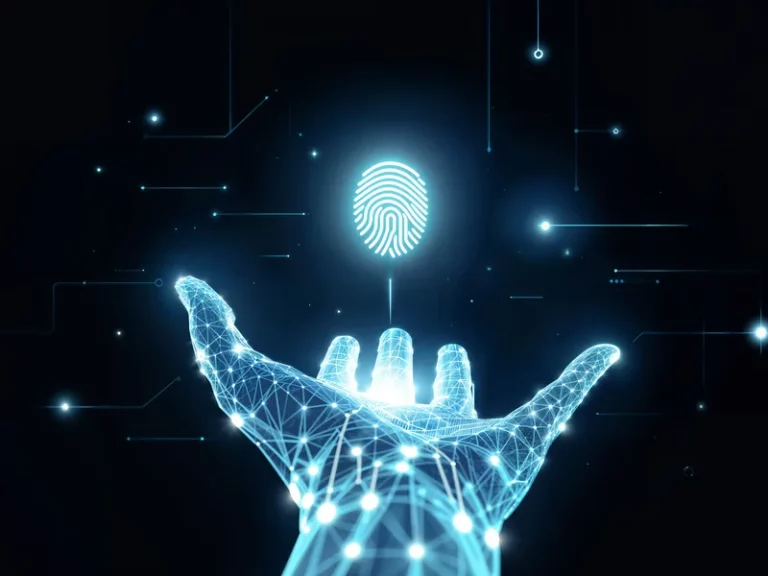Passwords are fading into history, and fingerprints, faces, and voices are taking their place. In the evolving field of cybersecurity, biometrics has become more than just a trend; it is a frontline defense against identity theft and unauthorized access. But as with all technologies, biometrics brings both groundbreaking potential and critical questions.
Why Biometrics Matter for Cybersecurity?
Traditional security methods, such as passwords and PINs, are increasingly vulnerable to phishing, brute-force attacks, and human error. Biometrics, on the other hand, relies on unique physical or behavioral traits, making them much harder to replicate or steal. This makes them a powerful tool for enterprises seeking stronger identity verification.
What Are the Risks of Biometric Systems?
Despite their strength, biometric systems are not immune to risk. Stolen passwords can be reset, but stolen fingerprints or facial data cannot be changed. If biometric data is compromised, the consequences are permanent. This raises questions about how such data is stored, encrypted, and protected against breaches. Enterprises must ensure that adopting biometrics does not trade convenience for irreversible exposure.
How Are Biometrics Shaping Enterprise Security?
Biometric authentication is increasingly integrated into enterprise applications, from secure workplace access to customer-facing services such as banking apps. For employees, biometrics simplifies access while reducing reliance on complex password systems. For customers, it creates smoother, more secure digital experiences. In both cases, it represents a shift toward frictionless, trust-based security.
What’s Next for Biometrics in Cybersecurity?
The future of biometrics lies in multi-factor authentication, such as combining biometrics with other measures like tokens, encryption, or behavioral analytics. This layered approach minimizes risks while maximizing security. AI-powered biometrics, such as continuous monitoring of typing patterns or voice recognition, are also paving the way toward more dynamic and adaptive security models.
Final Thoughts: Identity as the New Perimeter
As the digital landscape evolves, identity is becoming the ultimate perimeter, and biometrics stands at its center. The challenge lies not only in deploying biometrics effectively but also in ensuring ethical use, robust protections, and user trust.
At Terrabyte, we see biometrics cybersecurity as a crucial step in building secure, user-centric systems for the future. By helping organizations adopt these innovations responsibly, we aim to create environments where digital trust is as strong as physical identity.




